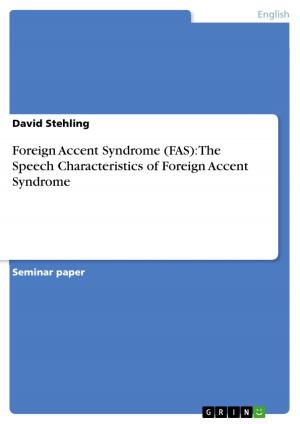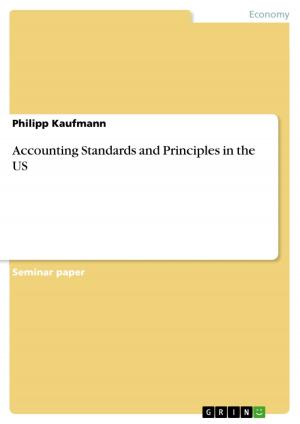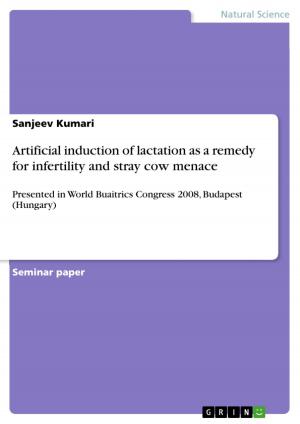International migration during the 19th century
Nonfiction, Social & Cultural Studies, Social Science| Author: | Malte Wagenknecht | ISBN: | 9783638781008 |
| Publisher: | GRIN Publishing | Publication: | May 9, 2007 |
| Imprint: | GRIN Publishing | Language: | English |
| Author: | Malte Wagenknecht |
| ISBN: | 9783638781008 |
| Publisher: | GRIN Publishing |
| Publication: | May 9, 2007 |
| Imprint: | GRIN Publishing |
| Language: | English |
Seminar paper from the year 2004 in the subject Business economics - Economic and Social History, grade: 1,0, Abo Akademi, Finnland (Hanken), course: Economic History and Development, 19 entries in the bibliography, language: English, abstract: Human migration denotes any movement of groups of people from one locality to another, rather than of individual wanderers. Over the course of prehistoric time and in history, humans have been known to make large migrations . The term 'migration' refers to the territorial mobility determined by economic reasons (e.g. the research of better working conditions) or politic reasons (e.g. the research of more suitable situations for the exert of collective and individuals rights). The aim of this paper is to analyze the migration process that interested most of the 19th century. In order to understand the phenomenon I will try to find out the economic and social reasons and the individual motivations of migrants that led to this big and massive movement of human and capital resources. I will then try to understand which has been the importance of this phenomenon in the definition of the new cultural and economic world asset. The history of each of the countries is reflected in their emigration distribution patterns.
Seminar paper from the year 2004 in the subject Business economics - Economic and Social History, grade: 1,0, Abo Akademi, Finnland (Hanken), course: Economic History and Development, 19 entries in the bibliography, language: English, abstract: Human migration denotes any movement of groups of people from one locality to another, rather than of individual wanderers. Over the course of prehistoric time and in history, humans have been known to make large migrations . The term 'migration' refers to the territorial mobility determined by economic reasons (e.g. the research of better working conditions) or politic reasons (e.g. the research of more suitable situations for the exert of collective and individuals rights). The aim of this paper is to analyze the migration process that interested most of the 19th century. In order to understand the phenomenon I will try to find out the economic and social reasons and the individual motivations of migrants that led to this big and massive movement of human and capital resources. I will then try to understand which has been the importance of this phenomenon in the definition of the new cultural and economic world asset. The history of each of the countries is reflected in their emigration distribution patterns.















